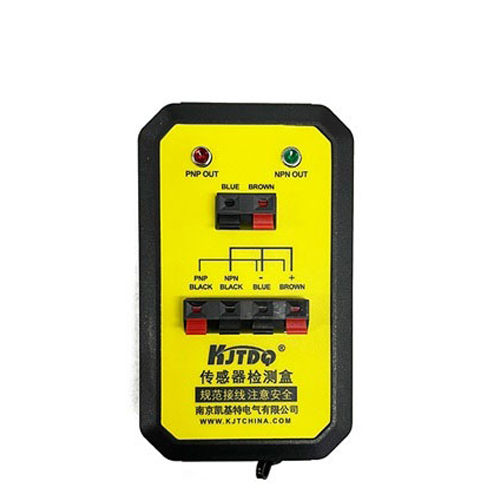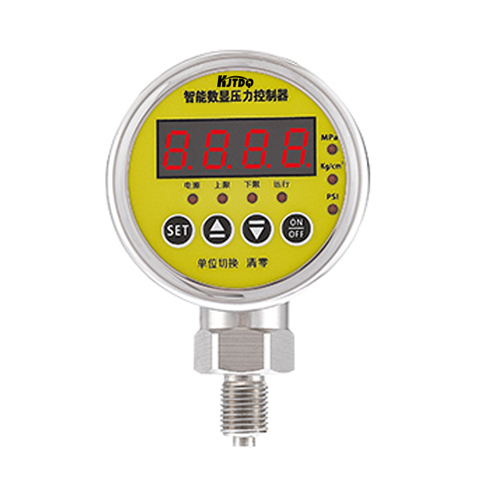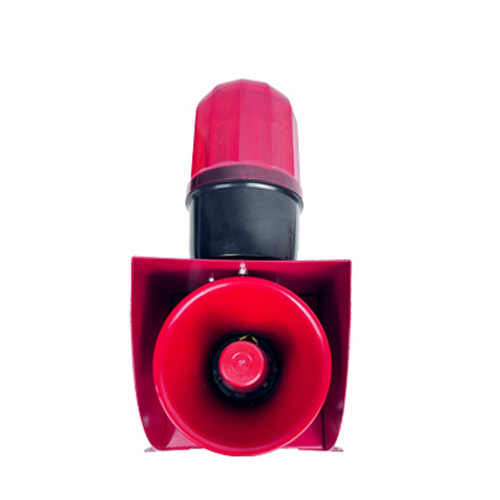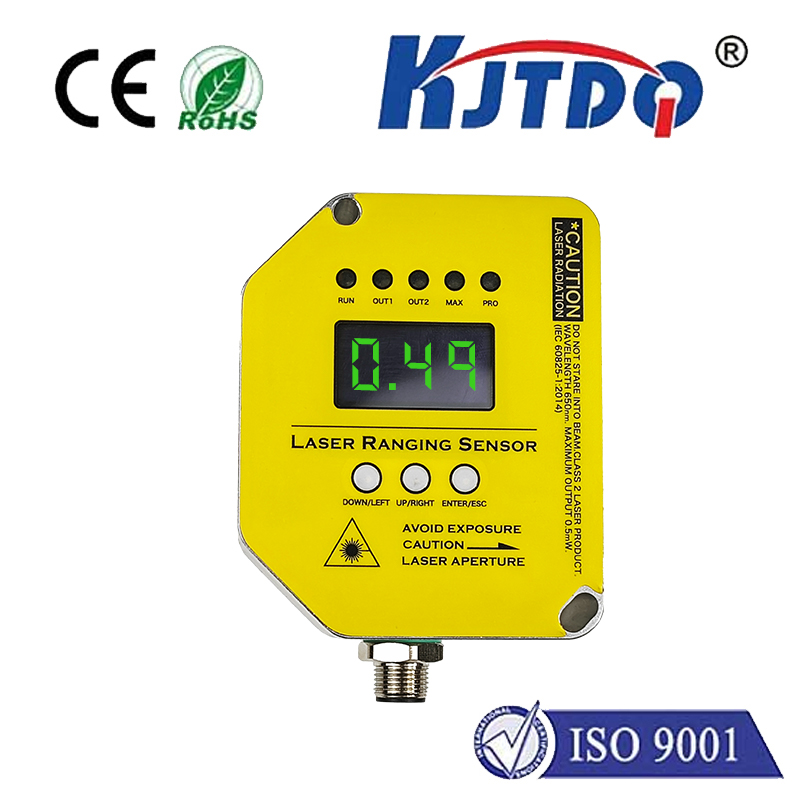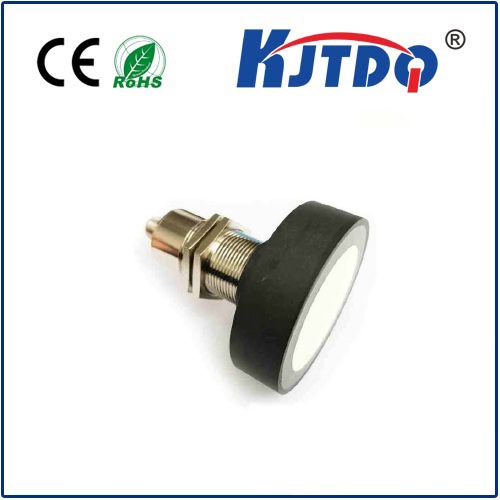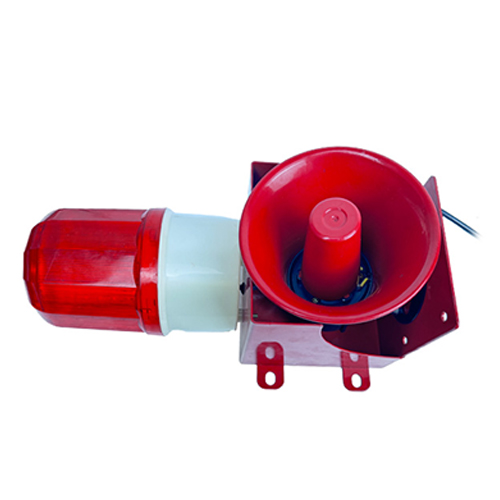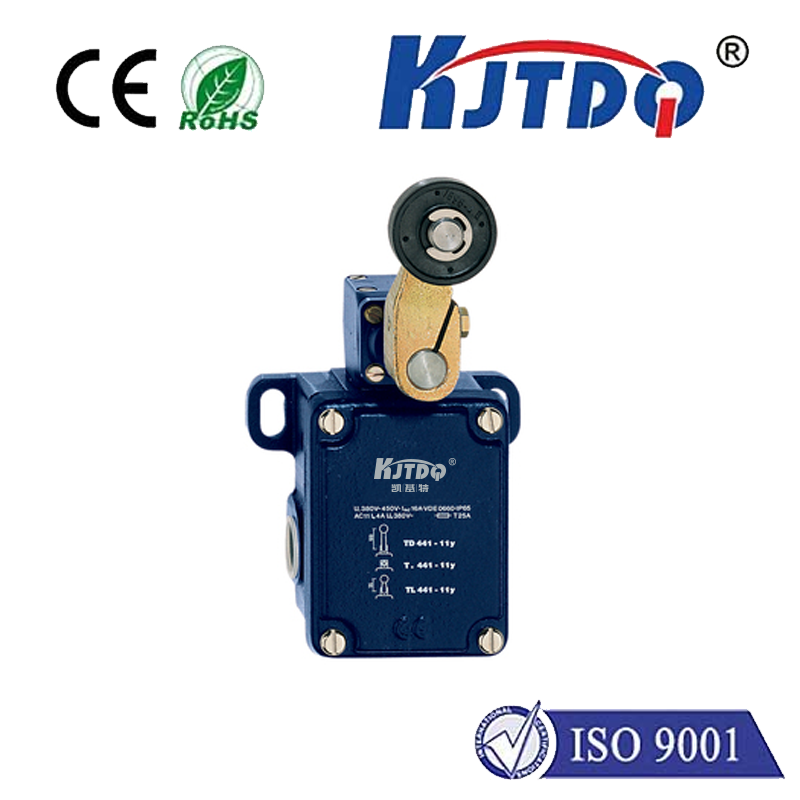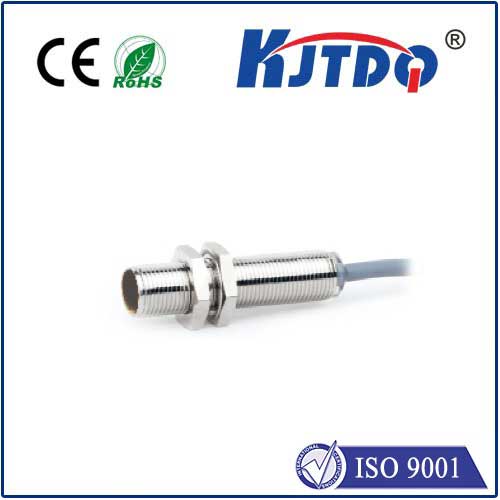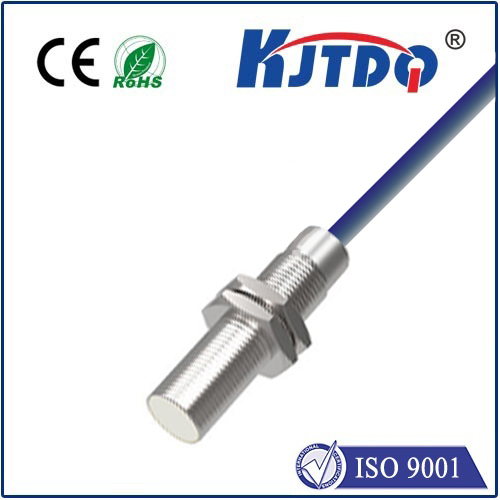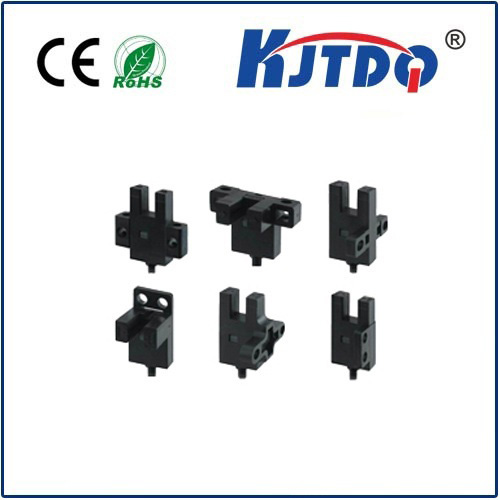industrial optical sensor
- time:2025-08-14 15:25:57
- Click:0
The Unseen Enablers: How Industrial Optical Sensors Power Modern Automation
Imagine a high-speed bottling plant. Thousands of containers whizz by per minute, filled, capped, and labeled with astonishing precision. How is this relentless accuracy maintained? Or picture an autonomous guided vehicle (AGV) navigating a bustling warehouse floor, avoiding obstacles and humans flawlessly. What guides its path? The silent, ubiquitous heroes in these scenarios, and countless others across manufacturing, logistics, and beyond, are industrial optical sensors. These sophisticated devices harness the power of light to transform visual information into actionable data, becoming the indispensable eyes of modern industry.
At their core, industrial optical sensors detect, measure, or analyze physical properties of an object or environment using light. This isn’t just about “seeing” in the human sense; it’s about interpreting light interactions – reflection, absorption, interruption, spectral composition, or even time-of-flight – with incredible speed and precision. Unlike simpler mechanical switches or contact sensors, optical variants offer non-contact operation, eliminating wear and tear on both the sensor and the target object, a critical advantage in high-cycle applications.
The diversity within the realm of industrial optical sensors is vast, each type tailored to specific challenges:

- Photoelectric Sensors: Workhorses of factory automation. They detect the presence, absence, or distance of an object by emitting a light beam (visible, infrared, or laser) and sensing its reflection or interruption. Key types include:
- Through-Beam: Highest accuracy and range; emitter and receiver are separate. Ideal for small part detection or long-range sensing.
- Retroreflective: Uses a reflector; detects when the beam is broken. Common for object detection on conveyors.
- Diffuse Reflective: Single unit detects light reflected off the target. Best for proximity sensing and detecting non-reflective objects. Modern versions offer background suppression for greater reliability.
- 2D/3D Vision Systems: These sophisticated systems use cameras (area scan or line scan) coupled with powerful software algorithms. They perform complex tasks like quality control inspection (checking for defects, verifying assembly completeness), precise dimensional gauging, optical character recognition (OCR), barcode reading, and robot guidance. Machine vision is fundamental to ensuring zero-defect manufacturing and traceability.
- Laser Distance Sensors (LiDAR & Time-of-Flight - ToF): Employ laser pulses to measure distance with exceptional accuracy. Used for position control, level monitoring, collision avoidance in AGVs, and 3D profiling/scene mapping. LiDAR (Light Detection and Ranging) is crucial for advanced robotics and autonomous navigation.
- Color Sensors: Distinguish between colors or shades, vital for sorting applications, verifying product color correctness, or identifying marks.
- Fiber Optic Sensors: Utilize optical fibers to deliver light to and from a sensing point. Perfect for environments requiring tiny sensor heads, immunity to EMI/RFI, high-temperature tolerance, or sensing in hazardous locations.
- Spectral Sensors / Hyperspectral Imaging: Analyze the spectral “fingerprint” of materials. Gaining traction for advanced material identification, contaminant detection (e.g., in food or pharmaceuticals), and assessing chemical composition.
Why Industrial Optical Sensors Dominate Automation:
The advantages driving their widespread adoption are compelling:
- Non-Contact Measurement: Essential for fragile objects, high-speed lines, or sterile environments.
- High Speed and Precision: Capable of microsecond response times and micron-level accuracy, enabling real-time process control in demanding applications.
- Versatility: The range of detectable parameters (presence, distance, color, shape, size, texture, composition) is vast.
- Robustness: Engineered for harsh industrial environments – resistant to dust, moisture, vibration, and extreme temperatures.
- Data Richness: Especially vision systems, provide a wealth of information for process optimization and quality assurance, far beyond simple on/off signals.
- Enabling Automation & Robotics: They are the primary sensory input for robots, allowing them to “see” their workspace, locate parts, and perform complex manipulations. Machine vision guidance is indispensable for flexible automation.
Applications Transforming Industries:
The reach of industrial optical sensors is profound:
- Automotive: Precision assembly verification, weld inspection, robot guidance, leak detection via fluorescence, label and barcode verification.
- Electronics: SMD component placement, PCB inspection, display testing, connector assembly verification. Quality control is paramount here.
- Food & Beverage: Fill level monitoring, cap/can presence detection, label position/legibility, foreign object detection (FOD), sorting by color/size, tamper-evident seal checks.
- Pharmaceutical & Medical: Blister pack integrity checks, fill level control, label verification, vial inspection for cracks/contaminants, ensuring sterility indicators.
- Packaging: Case erecting, product counting, label application control, print registration, barcode reading (traceability), seal integrity checks. Photoelectric sensors are ubiquitous on packaging lines.
- Logistics & Warehousing: AGV navigation and safety (LiDAR, ToF), pallet dimensioning, package sorting, barcode scanning for routing and tracking.
The Future is Bright (and Intelligent):
The evolution of industrial optical sensors continues rapidly. Integration with Artificial Intelligence (AI) and machine learning is unlocking even greater capabilities. Smart sensors can now perform complex pattern recognition and defect classification previously requiring dedicated vision systems. Hyperspectral imaging is moving beyond niche applications, offering unprecedented material analysis power. Miniaturization and cost reduction are making advanced sensing accessible to smaller operations. Connectivity via Industrial IoT (IIoT) platforms allows sensors to feed data into broader analytics systems for predictive maintenance and holistic process optimization.
Industrial optical sensors are far more than simple detectors; they are the fundamental enabling technology translating the physical world into the digital data that drives modern manufacturing automation, robotics, and intelligent systems. Their ability to deliver non-contact, high-speed, and high-precision feedback makes them irreplaceable for ensuring quality, efficiency, and safety across the industrial landscape. As technology advances, their intelligence, versatility, and connectivity will only deepen, solidifying their role as the indispensable eyes of industry, silently watching over processes and empowering the factories of today and tomorrow.












